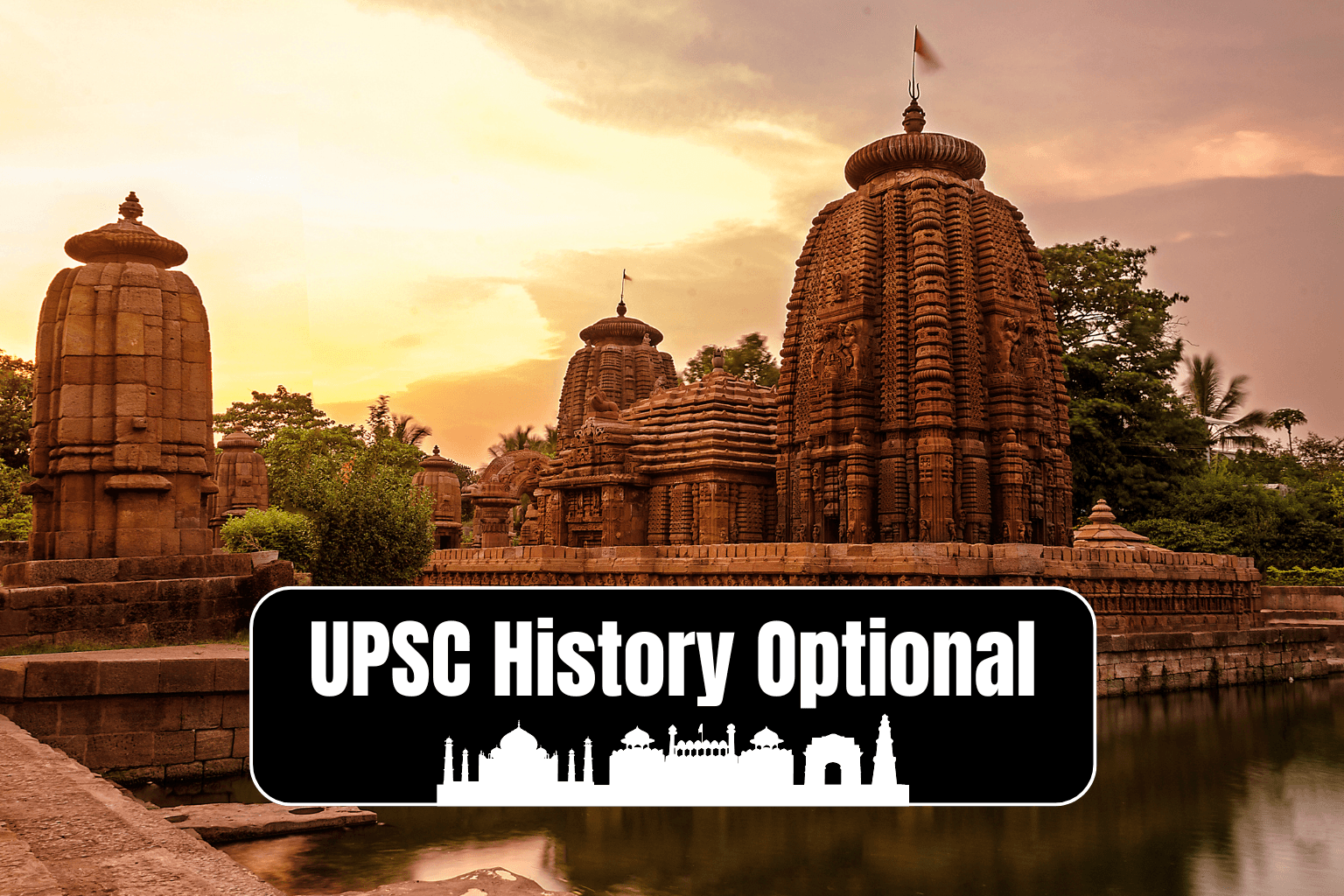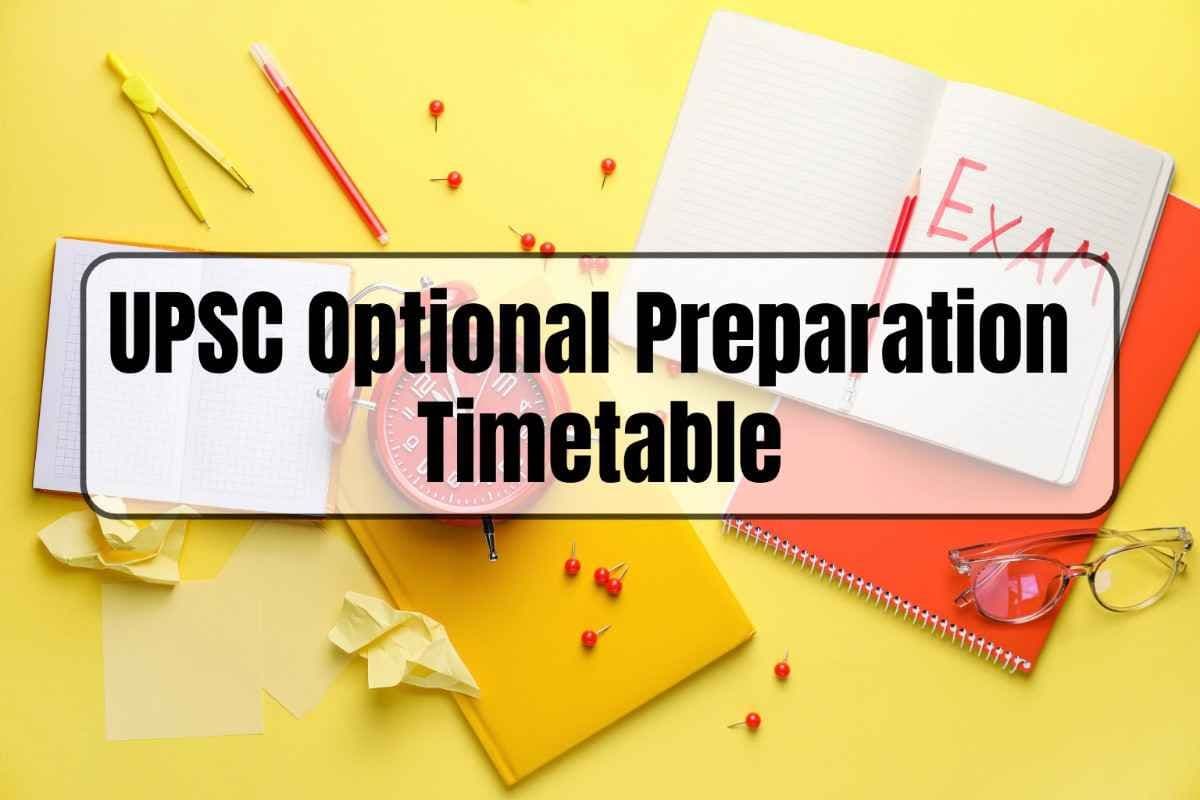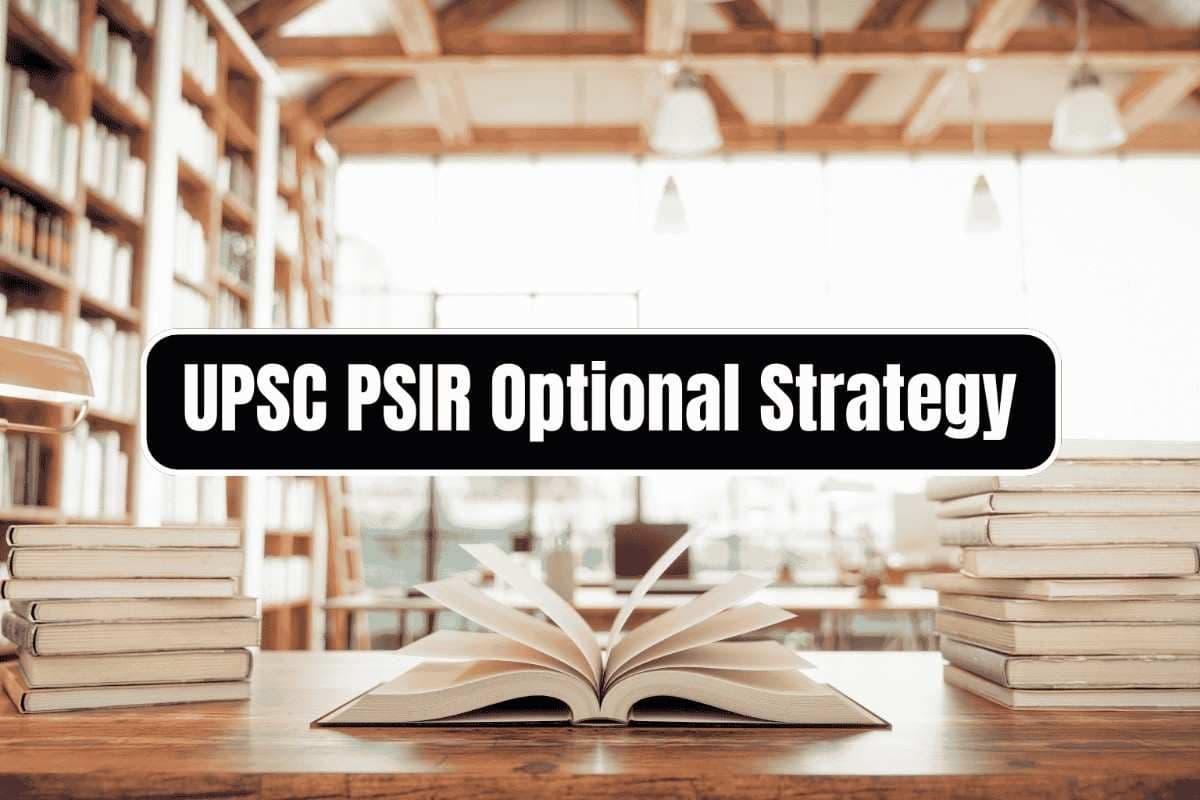Best Strategy for UPSC Mains History Optional: Study Plan & Topper’s Insights
Aug, 2025
•5 min read

History is one of the most popular optional subjects in the UPSC Civil Services Mains exam. Many toppers have chosen it and achieved good scores. The reason? History is interesting; it tells the story of how our world has shaped over time. Plus, its strong overlap with GS Paper I makes it a smart optional choice.
In this blog, you'll find practical preparation tips, expert advice from toppers, and a clear roadmap—whether you're a beginner or already familiar with the subject.
How the Right Strategy Can Boost Your UPSC History Optional Score
Good planning is essential for the History Optional. A clear strategy makes the vast syllabus manageable and keeps your preparation focused. Here's how the right approach helps:
- Complete Coverage: Ensures no topic in the vast syllabus is missed.
- Better Answers: Boosts clarity, structure, and presentation through regular practice.
- Time-Smart Prep: Timed practice improves speed and exam efficiency.
- Higher Scores: Focus on high-weight areas and GS links boost output.
- Edge Over Others: Discipline, consistency, and mocks build confidence.
Also read: UPSC Mains History Optional Syllabus, Paper Structure, and Study Materials
Strategy Blueprint for History Optional
A clear strategy helps you manage the syllabus, sharpen your answers, and revise effectively. Let’s break down how to build that strategy for the Mains History optional.
1. Understand the Syllabus:
- The UPSC History Optional syllabus is divided into four main parts: Ancient India, Medieval India, Modern India, and World History.
- Review each section and list the key subtopics. For example, under Ancient India, note “Mauryan Empire - Chandragupta, Ashoka’s policies” and in Modern India note “Freedom Struggle – Revolt of 1857, major movements by Gandhi and others,” etc.
2. Smart Reading for a Strong Start:
Don't try to read too many books at once. Stick to a trusted booklist and add real-life examples to your answers. For an expert guide, check out: UPSC Mains History Optional Syllabus, Paper Structure, and Study Materials.
Smart Reading Strategy:
- First reading: Understand the narrative flow
- Second reading: Underline key points and make connections
- Third reading: Create concise notes topic-wise
Pro Tip: Follow the 70-30 rule - spend 70% of your time understanding concepts and 30% memorizing facts.
3. Master the Map Section From Day One
Map questions carry 50 marks in Paper I and have the highest scoring potential.
Map Strategy:
- Target: Prepare the 300 most important sites thoroughly.
- Practice: Create latitude-longitude coordinates to accurately mark locations.
- Sources: Use IGNOU materials and previous year papers analysis.
- Weekly Goal: Practice 20-25 sites with proper descriptions (30 words each)
Even if you study 300 sites well, you can correctly attempt 15+ questions, ensuring 35-40 marks out of 50.
4. Practice Answer Writing
A good answer needs more than just content; it needs structure. Here's a simple template to follow for writing high-quality answers:
- Introduction: Brief context + thesis statement (2-3 lines)
- Body: Multiple arguments with evidence (use subheadings)
- Diagrams: Include 1 diagram per long answer (especially Paper-I topics)
- Conclusion: Balanced perspective or way forward
Example Practice Plan:
- Month 1-4: Write 2 answers per week
- Month 5-6: Write 4 answers per week
- Month 7-8: Write 1 full-length test every week
Tip: To make your answer writing effective, try the SuperKalam Mains Evaluation Tool – it gives a fair, UPSC-standard evaluation in just 60 seconds.
5. Follow the Strategic Study Timeline:
To cover the History Optional syllabus effectively, it’s important to follow a smart and realistic timeline. Here's a month-wise plan to help you stay on track:
| Month | Focus Area |
|---|---|
| Months 1-2 (Foundation) |
|
| Months 3-4 (Paper-I Focus) |
|
| Months 5-6 (Paper-II Focus) |
|
| Month 7 (Answer Writing) |
|
| Month 8 (Final Revision) |
|
6. Use Flowcharts & Mindmaps for Smart Revision:
Flowcharts make answers visually appealing and help explain complex concepts more thoroughly. Key flowcharts
- Ancient India: Evolution of scripts, temple architecture, trade routes
- Medieval India: Administrative structure, Mughal mansabdari system
- Modern India: Growth of nationalism, industrial development
- World History: Rise of fascism, Cold War dynamics
Pro Tip: Maintain a separate "Flowchart booklet/Digital notes" for quick revision.
7. Revision Strategy - The Game Changer:
Revision is what turns your hard work into real results. A smart revision plan can make all the difference in History Optional preparation. Follow a three-tier revision approach:
1st Revision (Concept Clarity):
- Focus on understanding themes and connections
- Redraw diagrams from memory
- Refine notes for clarity and brevity
2nd Revision (Application Practice):
- Solve full-length papers
- Analyze answer quality and time management
- Learn question pattern variations from PYQs.
3rd Revision (Final Polish):
- Use flashcards and mind maps
- Quick revision using one-page summaries
- Focus on high-scoring areas and weak points
Final Week Strategy: Revise the 50 most important topics daily, practice map marking, and maintain calm confidence
Join now: SuperKalam Telegram Channel
Why History Optional? Learn from Past Years UPSC Toppers
“Success doesn’t come from what you do occasionally, it comes from what you do consistently.”
Many UPSC toppers have chosen History as their optional subject, and their success shows that with the right strategy, it can be both scoring and rewarding. Here are a few inspiring success stories, along with lessons we can learn from toppers.
1. Shruti Sharma (AIR 1, UPSC CSE 2021) – The Power of Consistency
What She Did:
Shruti maintained a consistent study routine, focusing on regular study rather than long. She prioritized deep understanding and made concise, syllabus-based notes linked to PYQs. Her revision was entirely through these self-made notes.
What You Can Follow:
Stick to a regular, focused schedule. Aim for clarity over coverage. Create crisp notes aligned with the syllabus and PYQs, and revise only from them to save time and avoid confusion.
2. Gazal Bharadwaj (AIR 40, UPSC CSE 2015) – Understand, Don’t Just Memorize
What She Did:
Gazal tried to understand history from different points of view. She learned from different historians. She chose History because she liked it, and kept going even after failing in earlier attempts.
What You Can Follow:
Try to understand the reasons behind events. Read with interest and explore different ideas. Choose History only if you enjoy it. If you don’t clear it the first time, learn from it and try again.
3. Ishwar Kumar Kandoo (AIR 187, UPSC CSE 2017) – Smart Self-Study Wins
What He Did:
Ishwar scored 316 marks in History Optional. He covered the full syllabus and practiced answer writing regularly. He made his notes to revise effectively.
What You Can Follow:
Study the full syllabus and practice writing answers often. Try self-study with your notes. Keep your preparation simple and focused, which can also help you score well.
Also read: Step-by-Step Guide to Writing History Answers for UPSC Mains.
Conclusion
History optional can be a great choice in the UPSC Mains if you approach it with the right mindset and strategy. Start with basic books, make your notes, and focus on understanding concepts. Regular revision, answer writing, and map practice can boost your overall score.
Supercharge Your History Optional Preparation with SuperKalam!
Tired of waiting days for feedback on your Mains answers? With SuperKalam’s Answer Evaluation Tool, get instant, detailed feedback in just 60 seconds! Start now – Evaluate your answers and unlock smarter prep.
Write. Upload. Improve. Repeat. That’s how toppers build their edge, and so can you.
Explore all of SuperKalam’s resources and take the right step toward your UPSC dream!


